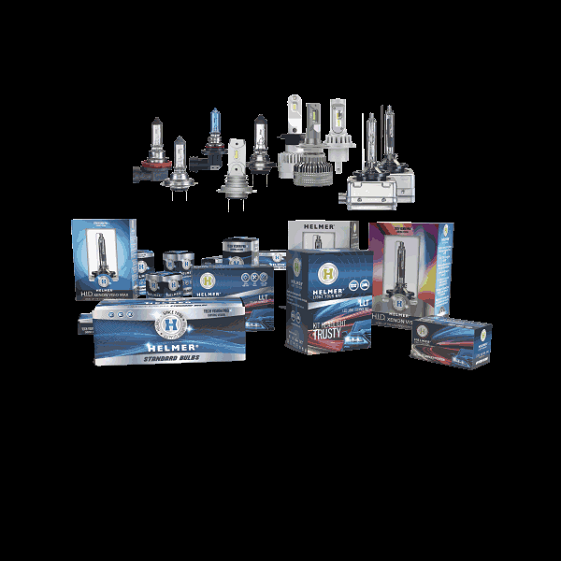Helmer and Electric Mobility: Reliable Components for the Cars of the Future

The revolution in electric mobility is underway. New-generation cars—quiet and sustainable—are transforming the very concept of transportation. Yet behind the breakthrough of batteries and electric motors lies a world of mechanical and structural components that make this evolution possible.
In this scenario, Helmer confirms itself as a top technical partner for the automotive sector. The company develops and produces reliable, long-lasting components designed to integrate perfectly with the needs of electric and hybrid vehicles. From gas springs to mechanical supports, from seals to assisted-lift systems—every Helmer detail is engineered to ensure safety, efficiency, and comfort in a rapidly changing industry.
The Electric Revolution and New Automotive Challenges
The transition to electric mobility is not just about replacing combustion engines with batteries and inverters. It means rethinking the vehicle’s entire architecture, reducing weight, improving aerodynamics, optimizing space, and ensuring consistent performance over time.
Electric cars must be light yet robust, efficient yet safe, quiet yet reliable. In this context, component quality takes on decisive importance. With its experience and continuous R&D investment, Helmer offers technical solutions up to these challenges.
Helmer: Components for an Electric Future
Helmer gas springs—already used across a wide range of vehicles—find new applications in electric models. They enable controlled opening and closing of tailgates, hoods, and doors, ensuring smoothness and safety even with automated systems.
Their resistance to variable loads and extreme weather makes them ideal for new-generation vehicles that require mechanical precision and absolute reliability.
Helmer also supplies high-efficiency seals engineered to improve the acoustic and thermal insulation of electric cars—renowned for their quiet operation. These components help reduce vibrations, protect electronic parts, and stabilize interior temperature.
(Explore the product range at www.helmer.it, a reference point for technical components powering the future of automotive.)
Efficiency and Safety: Two Helmer Priorities
Electric cars pose new safety challenges. High-voltage batteries, fast-charging systems, and advanced control software all require components capable of delivering mechanical stability and total sealing.
Helmer meets these needs with high-precision technical solutions. Its seals and structural supports undergo stringent testing to ensure consistent performance—even under vibration and thermal shocks. Every product is the result of careful engineering that considers the specific needs of electric vehicles: lightness, quietness, and durability.
Design, Comfort, and Performance
Electric cars are synonymous with innovation and design. The absence of a traditional engine allows greater freedom in layouts and roomier interiors, while increasing the need for compact, highly integrable components.
Helmer supplies systems that fit perfectly with these new layouts. Compact gas springs, for instance, reduce bulk and improve weight distribution, while high-performance seals acoustically insulate the cabin, supporting the sense of quiet and quality that defines electric cars.
Smart Components for Connected Vehicles
Electric mobility is not just clean energy; it’s also intelligent technology. The cars of the future are connected, interactive, and increasingly autonomous. In this context, mechanical components must interface with electronic systems.
Helmer develops “smart-ready” components designed to integrate with sensors, actuators, and digital control modules. New-generation gas springs and support systems are made to work in synergy with onboard software and automatic opening mechanisms.
Helmer and Shared Sustainability
Helmer’s commitment to sustainable mobility goes beyond supplying components for electric vehicles. The company adopts a green production philosophy based on low-energy processes and recyclable materials—helping reduce the overall environmental impact of the automotive supply chain.






